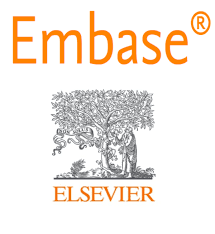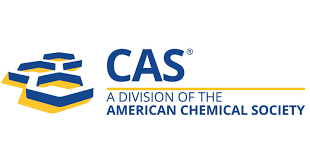Prevalence of Vitamin D Deficiency Among Medical Students and Its Correlation With Fatigue and Stress: A Cross-Sectional Study
Keywords:
Vitamin D Deficiency, Medical Students, Psychological StressAbstract
Introduction:: Vitamin D plays a vital role in calcium homeostasis, immunity, and
neuromuscular functioning. Medical students are prone to deficiency due to reduced
sun exposure and increased indoor academic activity. Emerging evidence suggests
that Vitamin D deficiency may contribute to fatigue and stress, which are common
yet under-recognized concerns in medical education.
Aim and Objectives:
To estimate the prevalence of Vitamin D deficiency among MBBS students.
To assess the levels of fatigue and stress among participants.
To examine the correlation between Vitamin D levels and fatigue and stress
scores.
.
Methods: A cross-sectional study was conducted among MBBS students at a tertiary
care teaching hospital. Participants were selected via simple random sampling.
Serum 25(OH)D levels were measured using chemiluminescent immunoassay.
Fatigue was assessed using the Chalder Fatigue Scale, and stress levels were
evaluated using the Perceived Stress Scale (PSS-10). Data were analyzed using SPSS
version 26. Chi-square test and Pearson correlation were applied, and p < 0.05 was
considered statistically significant.
Results: Out of 150 participants, 72 (48%) were found to have Vitamin D deficiency
(<20 ng/mL). The mean fatigue score among deficient students was 21.3 ± 4.2,
significantly higher than non-deficient peers (17.8 ± 3.6, p < 0.001). Similarly, the
mean PSS score was also higher among Vitamin D-deficient individuals (22.5 ± 5.1
vs 18.9 ± 4.3, p = 0.002). A significant negative correlation was found between
Vitamin D levels and both fatigue (r = -0.42, p < 0.01) and stress scores (r = -0.36, p
< 0.01).
Conclusion: The study highlights a high prevalence of Vitamin D deficiency among
medical students, with a significant correlation with increased fatigue and stress
levels. Early screening, lifestyle modification, and awareness are recommended to
address this emerging concern in student health.
.png)









